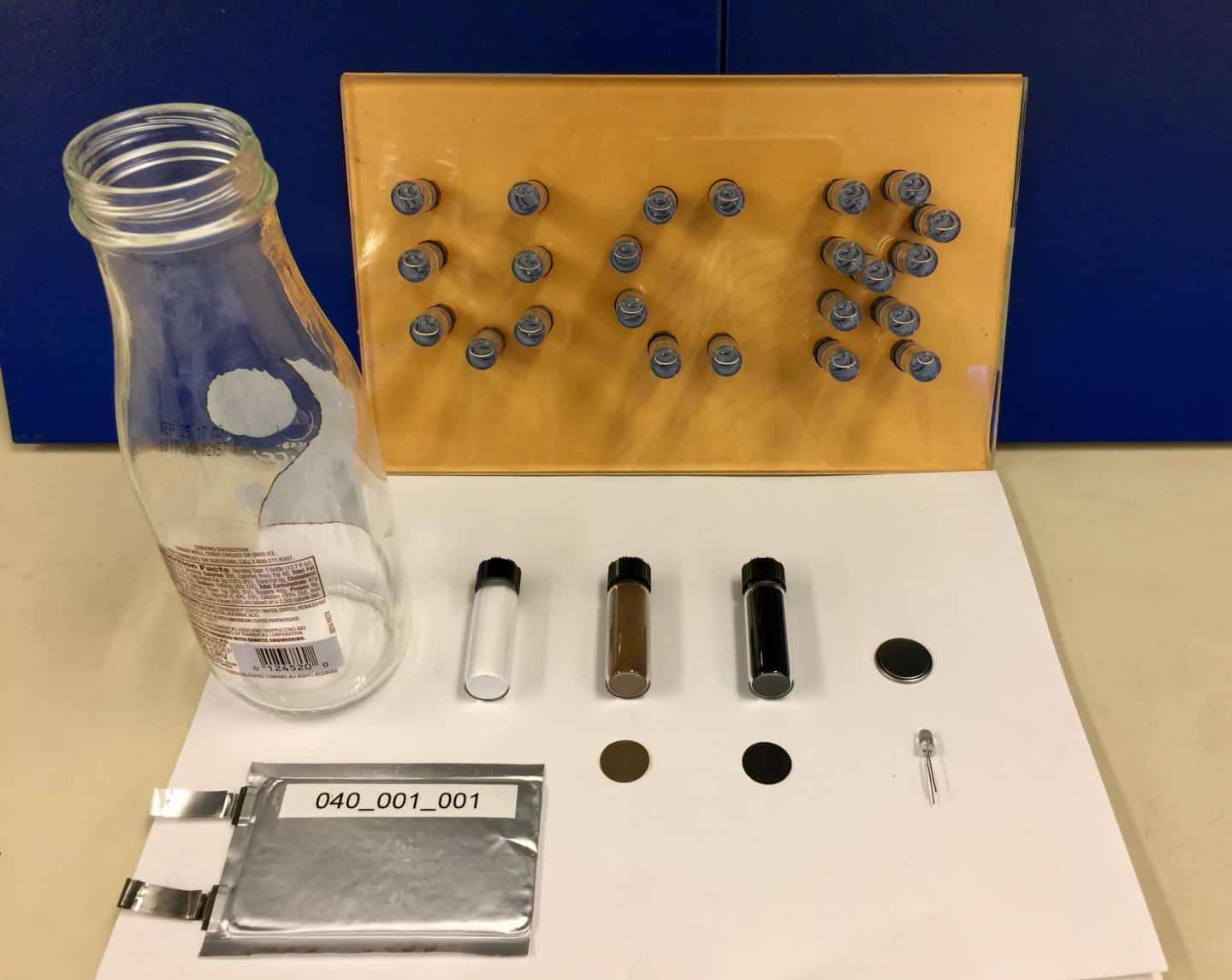Despite long-established recycling schemes, many millions of glass bottles still end up in landfill every year, representing a significant waste of resources. Mechanical and electrical engineers at the University of California, Riverside, have now discovered that glass from waste can be turned into a material for lithium ion battery electrodes using a low-cost chemical process. Moreover, batteries using these electrodes significantly outperform conventional cells with graphite electrodes, they claim.

Mechanical engineer Cengiz Ozkan and electrical engineer Mihri Ozkan have previously led efforts to make battery electrodes from other environmentally-friendly materials, including mushrooms and fossil-rich earth. Their latest effort, detailed in a paper in the Nature journal Scientific Reports, draws on previous research that found that nanostructured silicon anodes can store up to 10 times as much energy in a lithium-ion cell than conventional graphite anodes; the silicon is able to absorb large amounts of lithium and the nanostructured form prevents the material from swelling when this happens, protecting the mechanical integrity of the battery.
The Ozkans tried glass as a starting material because it contains fewer impurities than their other candidates and therefore requires less treatment. They then used a three step technique to make their electrodes. First, they ground glass from waste bottles into a fine white powder. This was then subjected to a reaction with magnesium at around 650°C, reducing the silicon dioxide of the glass into nanostructured particles of elemental silicon, which were coated in carbon to improve their stability and energy storage properties.
The team then made coin-type batteries using the silicon material in the anode. They report that the electrodes showed "excellent electrochemical performance with a capacity ~1420 mAh/g at C/2 rate after 400 cycles." The lead author of the paper, graduate materials science and engineering student Changling Li, says that every bottle can provide enough nanosilicon for hundreds of batteries.
"We started with a waste product that was headed for the landfill and created batteries that stored more energy, charged faster, and were more stable than commercial coin cell batteries. Hence, we have very promising candidates for next-generation lithium-ion batteries," Li said. The batteries produced would be suited to challenging application such as electric vehicles and electronic devices, the researchers added.




Glasgow trial explores AR cues for autonomous road safety
They've ploughed into a few vulnerable road users in the past. Making that less likely will make it spectacularly easy to stop the traffic for...